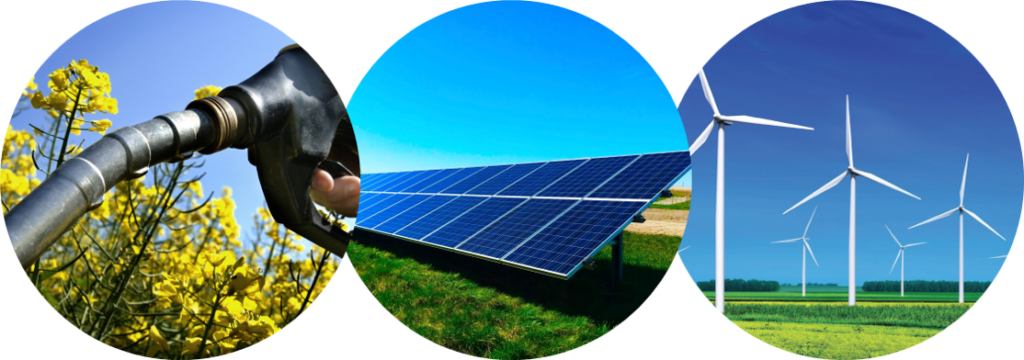Bio (Fuels/Chemicals/Polymers) & Renewables
Products derived from bio-feedstocks (corn, oils, waste and biogas) have been challenging petrochemical derived products for several decades. Well known successful ones include bioethanol, biodiesel, biobutadiene, PLA, bionutraceuticals and biopharmaceuticals, as examples. Generally, the market does not pay extra for this label, unless there is a performance difference. TCGR/TCG understand biocatalysis as just another branch of chemistry and maintains expertise in all its functions.
Renewables are those technologies/products which provide energy/electricity from natural renewables resources, such as bio-, solar, wind, hydro and geothermal sources. There are newer ones like tidal power, that are also being explored. These are high growth and important markets, although today they only represent a small percentage of total energy and product consumption. It is anticipated around 20% of all energy will be derived from them by 2030.
In further posts, we will elaborate on this and other topics; for more information, see our reports below:
- “Power-to-X: Techno-economic, Commercial and Strategic Developments for Production of Energy Carrier Chemicals, Petrochemicals and Sustainable Fuels”
- “Intelligence Report: Business Shifts in the Global Catalytic Process Industries, 2019-2025”
- Applications of Catalysts in the Bioeconomy
- Catalysts, Catalytic Processes, and Materials for Renewable Energy Use and Storage (CAP)
- Circularity in Chemicals (CAP)
- Integration of Renewable Energy in CO2 Capture and Conversion Processes (CO2CC)

TCG/TCGR Thought Leadership in the Media
“The Search for Greener Ethylene,” Chemical & Engineering News (C&EN), March 2021

